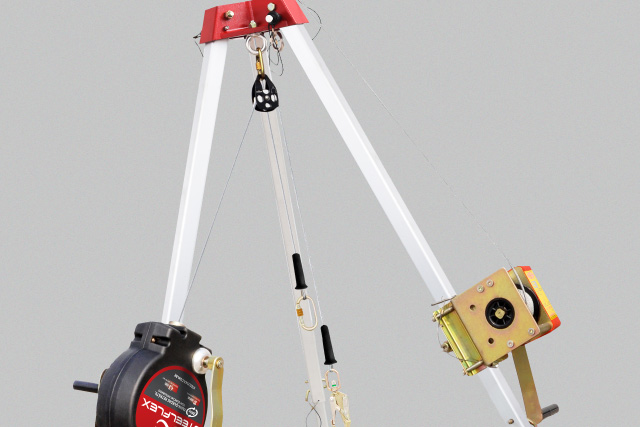Protection of workers in confined spaces

First, we need to understand what is characterized by confined spaces. According to NR33, confined space is configured: "any area or environment not designed for continuous human occupation, which has limited means of entry and exit, whose existing ventilation is insufficient to remove contaminants or where oxygen deficiency or enrichment may exist. The areas that work the most in confined spaces are: maintenance, cleaning and construction. It is a high-risk activity, which usually occurs in works involving excavations, pipes and galleries, construction of wells, ditches, tanks, columns, ovens, ventilation ducts, agricultural silos, installations and maintenance of hydraulic, electrical and reservoir networks. The main risks in this work are chemical poisoning, suffocation, explosions and toxic gas leakage. Therefore, it is very important that the employee and the employer follow all safety protocols, so that no life is put at risk. Check out some tips to perform this work carefully and safely:
- Avoid entry of unauthorized persons on site.
- Identify and assess risks before workers enter.
- Always comply with all procedures and guidance received in the trainings.
- Recognize health risks and correct them as soon as possible.
- Continuously monitor the atmosphere of the confined space, to make sure that your stay in place is safe.
- Deploy emergency and rescue service.
- Always use the PPE's available and in good quality of application.
For protection to be efficient, it is necessary to follow all safety measures and regulatory standards, in addition to the use of EPC and PPE, such as safety belt, tripod, winch, auxiliary equipment for rescue (pulley, lift, lift and carabiner), glasses, helmet, waterproof shoes, gloves and respirator. Check out the full line of Steelflex products for confined spaces in: https://www.steelflex.pro/filtro/espaco-confinado/.